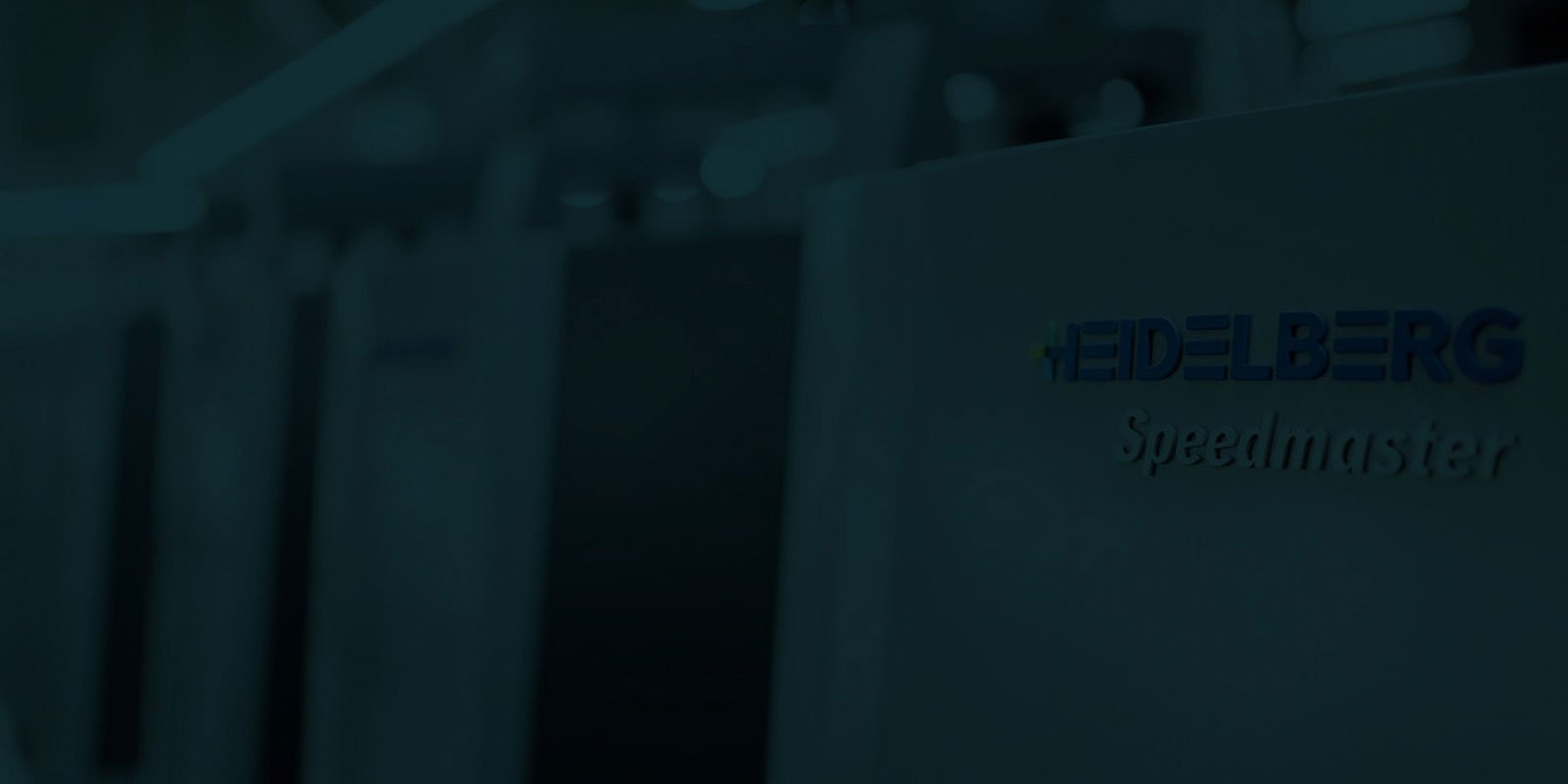
What is the Difference Between Digital and Offset Printing?
Understanding the Basic Differences Between These Two Types of Printing.
In the world of printing, two common methods stand out: digital and sheetfed printing. While both serve the purpose of bringing designs to life on paper, they differ significantly in their processes and applications. Let’s talk about these differences.
The Process:
Digital Printing: Utilizes digital files to directly transfer the design onto the printing substrate without the need for plates or setups. It works similarly to your office printer but on a larger scale.
Sheetfed Printing: Involves printing on individual sheets of paper that are fed into the press. It typically requires the creation of printing plates and setup for each job.
Cost and Setup:
Digital Printing: Generally more cost-effective for short print runs since there are no plate or setup costs. Ideal for on-demand printing and variable data printing.
Sheetfed Printing: Initial setup costs can be higher due to plate creation and setup time. However, it becomes more cost-effective for larger print runs.
Quality and Color Consistency:
Digital Printing: Provides high-quality prints with consistent color reproduction, making it suitable for projects with detailed graphics or photos.
Sheetfed Printing: Offers precise color control and can achieve a wider range of colors, making it preferable for projects with specific color requirements.
Substrates and Finishing Options:
Digital Printing: Versatile in handling various substrates, including paper, cardstock, and synthetic materials. Limited finishing options compared to traditional printing methods.
Sheetfed Printing: Accommodates a wide range of substrates and finishing techniques, such as embossing, die-cutting, and foil stamping, offering more customization options.
Turnaround Time:
Digital Printing: Faster turnaround times, especially for short print runs, as there's no need for plate preparation.
Sheetfed Printing: Longer setup times but becomes more efficient for larger quantities, with potential for faster printing speeds.
Understanding these differences can help you choose the most suitable printing method based on your project requirements, budget, and timeline.

